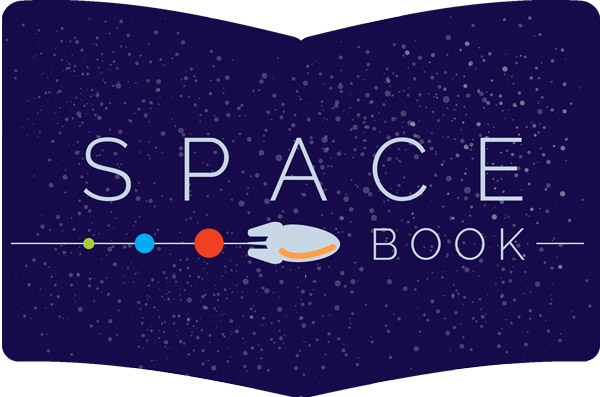
Joe Tufts: Astronomical CCDs vs. Light Sensors In A Digital Camera
Astronomical CCDs are similar to the sensors in your digital camera in that they both use the same underlying physics to detect light, Einstein's photoelectric effect, but that's where the similarities end. The CMOS device that's likely in your digital camera is really an array of millions of independent light sensitive photodiodes called pixels bounded by structure etched into the silicon itself. Each pixel is in turn connected to 3-7 transistors which together make up an electronic structure called a source follower, buffer, or simply an amplifier. In an astronomical CCD the boundaries of individual pixels are, in a sense, defined electronically, so that the charge created by the photoelectric effect and stored in each pixel can be moved about the sensor to a single larger and much more precise source follower. The end result is that the astronomical CCDs are more flexible and have less noise than your digital camera. The downside is that CMOS devices in digital cameras are much faster than CCDs.
The other important difference is that astronomical CCDs are typically used upside down. All of the electronic structure etched on to a CCD or CMOS device is on a single surface of the silicon wafer. If you think of this structure as wires, and bridges, and walls, its easy to see that the more of it you have, the less room there is to collect incoming light. Astronomical CCDs are illuminated from the back where there is no structure, and through a process called depletion, electric fields are created within the silicon which rapidly move the charge created by the photoelectric effect on the back into the "buckets" on the front. To do this efficiently, the silicon needs to be very thin, anywhere from the thickness of an index card to the thinness of the thinnest tissue paper, so most astronomical CCDs are termed "back thinned." The end result is that astronomical CCDs can often detect 90-95% of the incoming light compared to typcially 40-60% for CMOS sensors in digital cameras.


